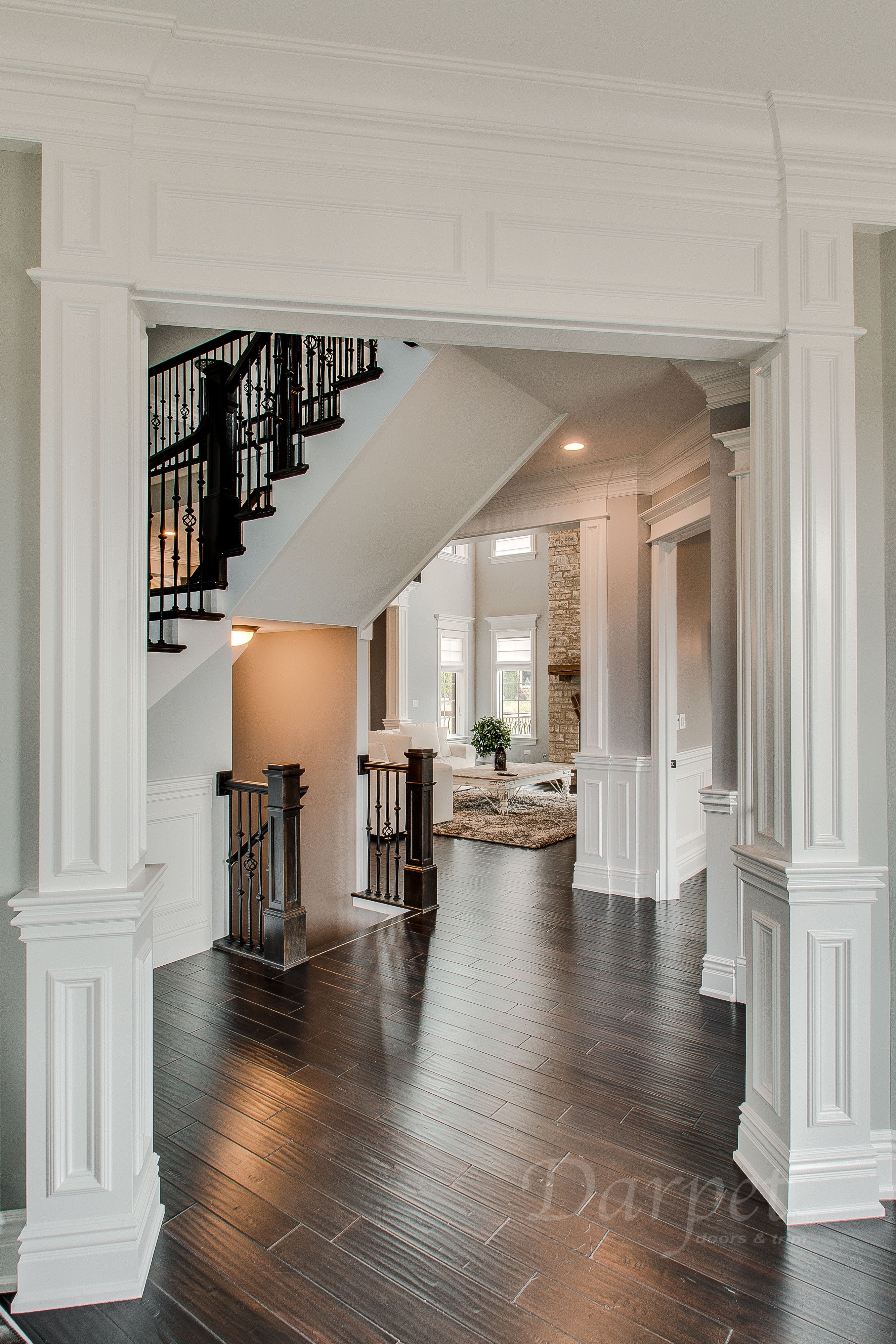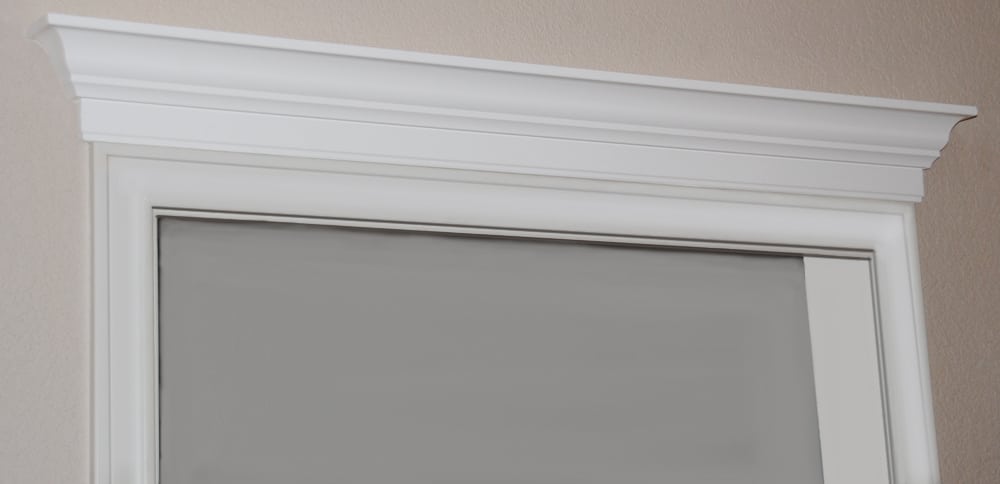When it comes to home decor, every detail matters. One often overlooked element that can significantly enhance the aesthetic appeal of your doors is the decorative door header. Having personally renovated several homes, I’ve come to appreciate how a simple architectural element can transform a space. In this complete guide, we’ll delve into everything you need to know about decorative door headers, from styles and materials to installation tips and design inspiration.
What is a Decorative Door Header?
A decorative door header, also known as a door pediment or transom, is an architectural detail that adds flair above doorways. Typically found in traditional and classical architecture, these headers can also be incorporated into modern designs to create a unique statement.
Why Choose Decorative Door Headers?
Decorative door headers serve both functional and aesthetic purposes. Here are some reasons why you should consider installing one:
- Aesthetics: They enhance the visual appeal of your home.
- Character: They add unique character to plain doorways.
- Value: They can increase the market value of your property.
- Coverage: They can conceal structural elements while adding beauty.
Popular Styles of Decorative Door Headers
Understanding the different styles of decorative door headers can help you choose the right one for your space. Here’s a breakdown of some popular options:
1. Classic Crown Molding
Crown molding is a traditional choice that adds elegance. It typically features intricate designs and can easily blend with other architectural elements in your home.
2. Rustic Beams
For a farmhouse or rustic look, wooden beams can provide a cozy charm. They are often left in their natural state or stained to highlight the wood’s grain.

3. Modern Flat Panels
Flat panel headers offer a sleek, contemporary option that can be painted to match your decor. This minimalist style is great for modern homes.
4. Decorative Arches
Arched headers can create a stunning focal point. They can be crafted from wood, plaster, or even metal, depending on your style preference.

Materials Used in Decorative Door Headers
The material you choose for your header will affect its look, durability, and maintenance. Here are some common materials:
Wood
Wood is popular for its versatility and classic appeal. You can choose various types, including oak, pine, or cherry, depending on your budget and style preferences.

Polyurethane
Polyurethane headers are lightweight, easy to install, and often more affordable than wood. They can be painted and are resistant to moisture.
Plaster
Plaster headers offer a traditional look and can be molded into ornate designs. However, they require expert installation and care.

Metal
Metal headers provide a modern aesthetic and can be used both indoors and outdoors. They are durable and often rust-resistant.
Installation of Decorative Door Headers
Installing a decorative door header can be a DIY project or a task for a professional, depending on your comfort level. Below are the steps to install a basic door header.

Tools and Materials Needed
- A decorative header of your choice
- Measuring tape
- Level
- Stud finder
- Drill and screws
- Wood glue (if necessary)
- Caulk and paint for finishing
Step-by-Step Installation Guide
- Measure the Doorway: Use a measuring tape to find the width of your doorway.
- Choose and Cut the Header: Based on your measurements, cut the decor header to size if needed.
- Locate the Studs: Use a stud finder to locate the studs above the door.
- Attach the Header: Secure the header to the wall using screws, ensuring it is level.
- Finish and Paint: Fill any gaps with caulk, then paint or stain as desired.

Pros and Cons of Decorative Door Headers
| Pros | Cons |
|---|---|
| Enhances aesthetic appeal | Can be costly depending on materials |
| Adds architectural interest | May require professional installation |
| Increases home value | Requires maintenance to avoid damage |
| Variety of styles and materials | Not suitable for all door styles |
Design Inspiration and Ideas
Sometimes, the best way to envision a decorative door header is to see it in action. Here are some design ideas to spark your creativity:
1. Entryway Elegance
Consider a grand header with an arched top above your front door to create a welcoming entryway. Pair this with sidelights for added charm.
2. Modern Minimalism
A simple flat panel header can add sophistication to your interior doors, especially when painted in a contrasting color.
3. Rustic Retreat
In a rustic or farmhouse setting, use reclaimed wood headers to tie your space together and create a warm atmosphere.
4. Playful Patterns
In children’s rooms or play areas, consider whimsical headers with playful shapes or colors to bring joy to the decor.
FAQs about Decorative Door Headers
What is the average cost of decorative door headers?
The cost of decorative door headers can vary widely based on materials and size, typically ranging from $50 to $300 or more for custom designs.
Can I install a decorative door header myself?
Yes, many homeowners can install decorative door headers themselves if they are comfortable with basic tools. However, for larger or more complex designs, hiring a professional is recommended.
What styles of door headers are most popular?
Classic crown moldings, rustic beams, modern flat panels, and decorative arches are among the most popular styles of door headers.
How do I maintain my decorative door header?
Regular dusting and occasional touch-ups with paint or stain will help maintain your decorative door header. Inspect it regularly for signs of damage or wear.
Are decorative door headers suitable for outdoor use?
Yes, metal and treated wood headers can be suitable for outdoor use, but ensure they are designed to withstand the elements.
Conclusion
Incorporating a decorative door header into your home can elevate your interior design while adding character and charm. Whether you choose a classic wood option or a contemporary metal design, these headers can dramatically alter the look and feel of your space. I hope this guide has inspired you to consider decorative door headers for your next home improvement project. Happy decorating!